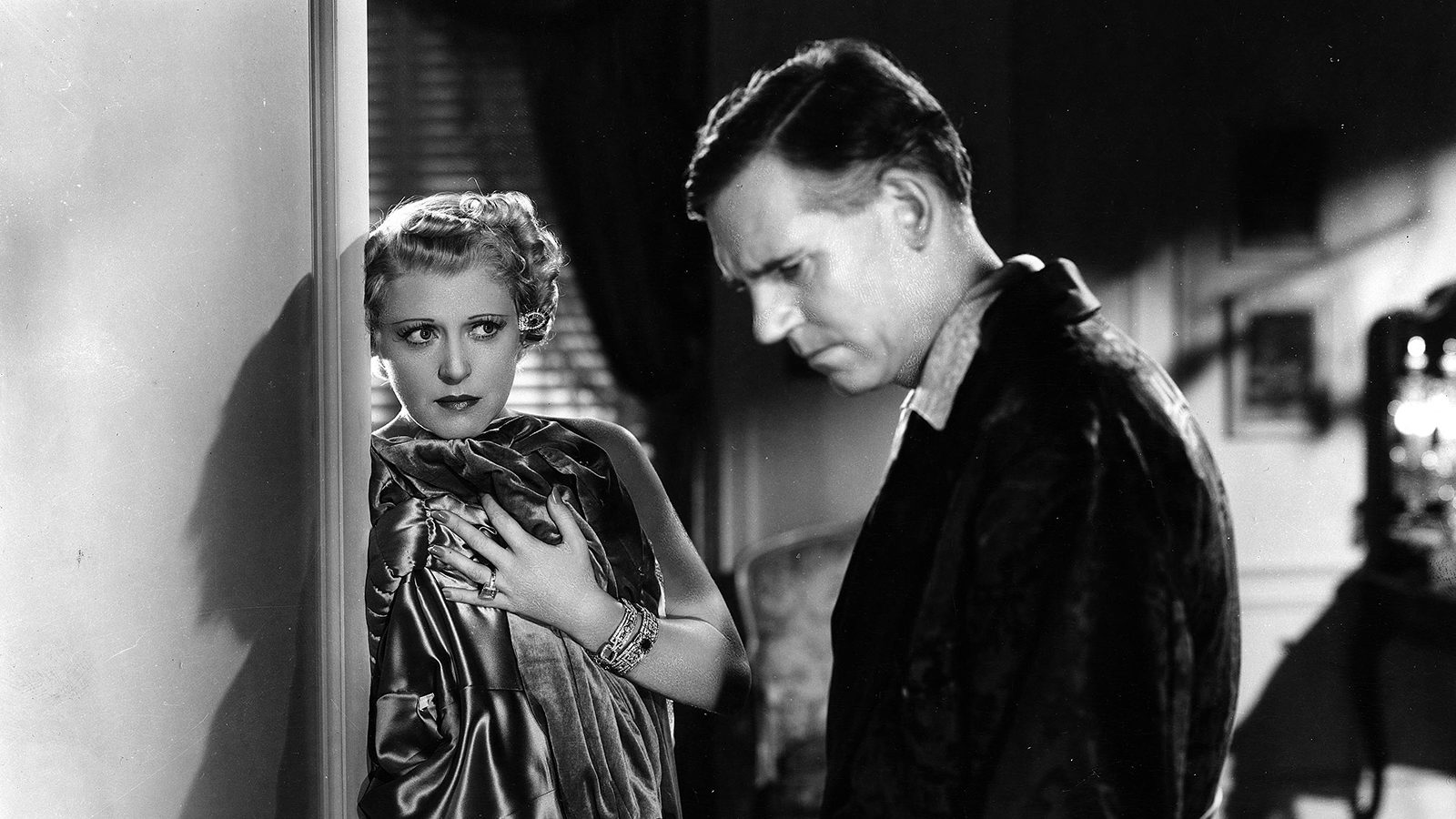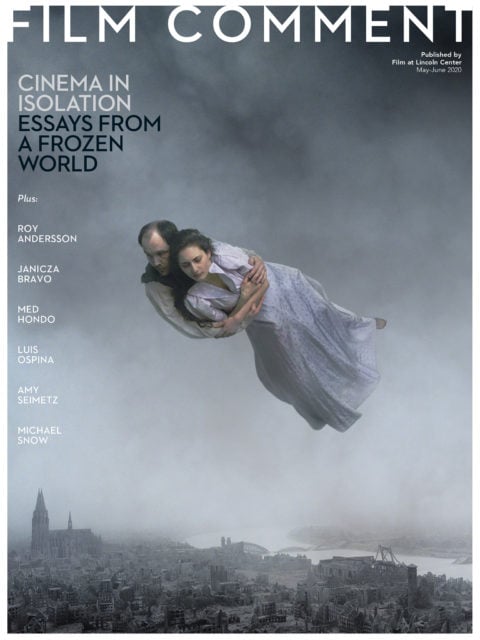
Home Movies: Dodsworth
The word “sophisticated” is among the most overused in writing about 1930s Hollywood, usually reserved for films about divorcées and devil-may-care gallants pitching woo despite the Depression raging outside their fashionable boudoirs. Yet no word comes more readily to mind for the movie that cemented one of American cinema’s greatest directorial careers: William Wyler’s emotionally slaying 1936 film of the novel by Sinclair Lewis (and its stage adaptation by Sidney Howard), starring a toweringly human-sized Walter Huston as captain of industry Sam Dodsworth, who finds his 20-year marriage to Fran (stage veteran Ruth Chatterton, conveying about 17 conflicting emotions per second) on the rocks after setting sail for retirement. The naturalism of the staging, the lived-in ache of the performances, the surprising visual compositions—this was an embarkation point for Wyler that for anyone else would be a career summation.
Michael Koresky is a writer, editor, and filmmaker in Brooklyn. He is cofounder and editor of the online film magazine Reverse Shot, a publication of Museum of the Moving Image; a regular contributor to the Criterion Collection and Film Comment, where he writes the biweekly column Queer & Now & Then; and the author of Terence Davies, published by University of Illinois Press, 2014.








